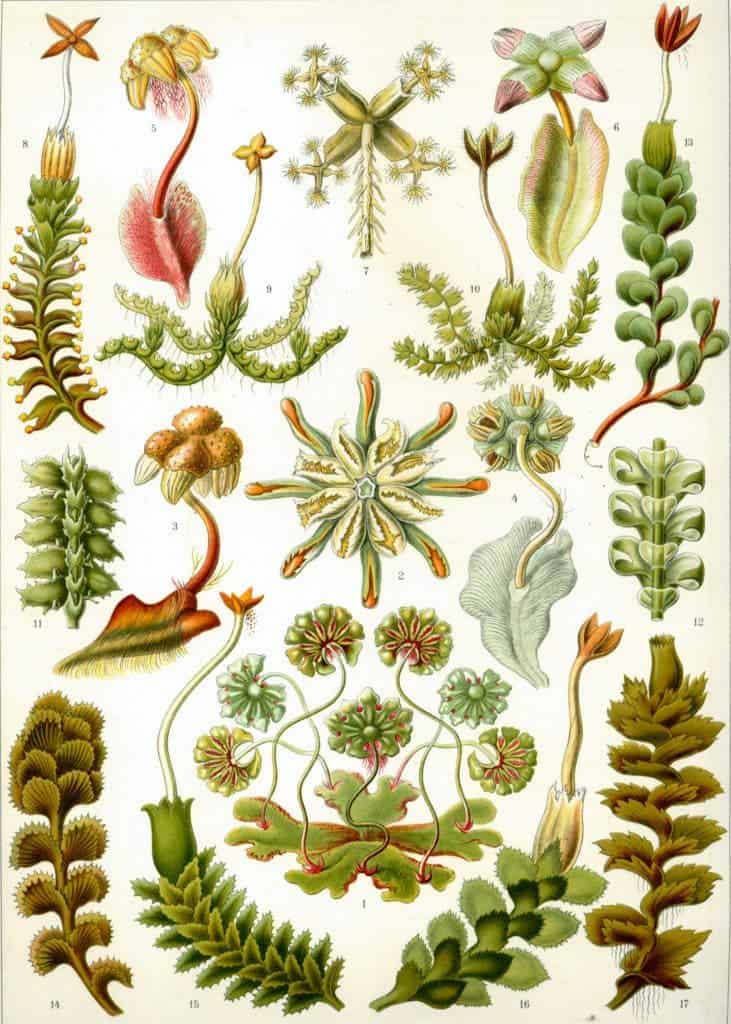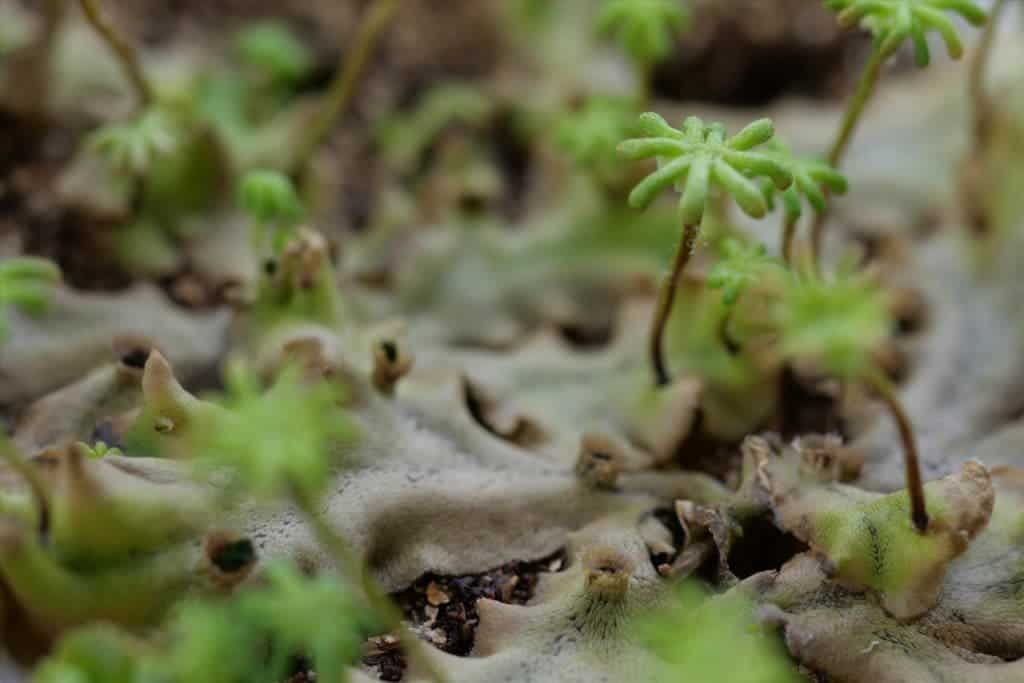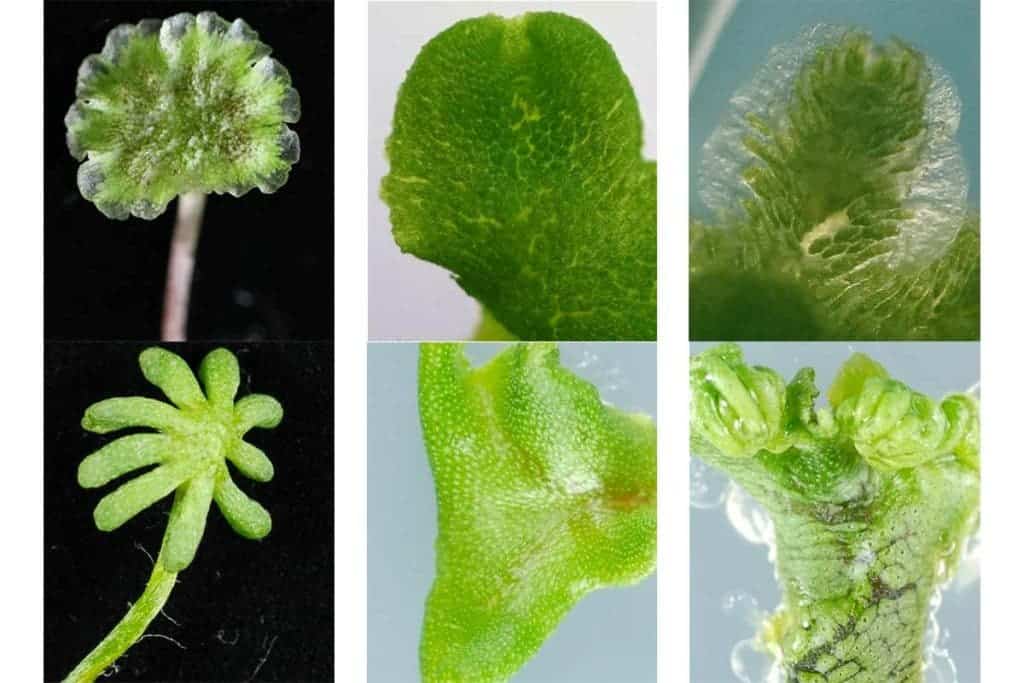An ancestral plant could help researchers understand when and why plants start to blossom.

It’s easy to think that flowers have been around forever, but they actually haven’t been around for that long — well, in geological time at least. Flowering plants have emerged some 130 million years ago, during a period called the Cretaceous; for comparison, sharks have been around for more than 3 times that period. However, although flowering plants appeared relatively late (the first land plants emerged more than 700 million years ago), they are the most diverse group of land plants.
The act of flowering (which is essentially producing the plant’s reproductive structure) is quite complicated though. The transition to flowering is one of the biggest changes that a plant makes during its lifecycle. The time needs to be right, the environmental conditions need to be right, and the plant needs to have sufficient resources to trigger the changes. Without the environmental cues that trigger changes in the plant’s hormones, without a cold period to trigger vernalization, plants just don’t flower.
In some cases, plants choose to invest the energy for flowering into growing bigger. It’s kind of like a fallback investment: you don’t get to reproduce, but you get bigger, you’ll presumably have access to more energy and nutrients, and you’ll reproduce more the next time.
But not only flowering plants have to make this decision. In order to assess when this happens, a team of researchers working in Japan studied liverwort, a descendant of the first plants to move out of the ancient oceans and onto land.
Liverwort grows all over the world. It looks a bit like moss and also prefers the shady and cool environments that moss thrives in. Liverwort and moss are part of a group called Bryophyta. They don’t produce flowers and instead reproduce through spores, but fundamentally, the decision they must make is the same — although there are major differences, reproduction is always “expensive” in the plant world.

The reason why researchers studied liverwort is that it has a relatively simple genome structure, especially compared to the plants most commonly used in this sort of study, like tobacco and Arabidopsis. The entire genome of the liverwort species Marchantia polymorpha was also sequenced in 2017 which further aided this study.
“Liverworts have the maximum power with the least structure,” said Professor Yuichiro Watanabe from the University of Tokyo’s Department of Life Sciences, an expert in plant molecular biology.
The team looked at microRNA — small molecules which regulate the activity of other genes. They found over 100 types of this molecule, and 8 of them were almost identical to microRNA found in Arabidopsis (which is a flowering plant).
This is particularly interesting. Why would the same gene-regulating mechanisms be found in an ancestral plant like liverwort and also in a modern plant which evolved hundreds of millions of years later?
“So, why keep them? We want to know what those shared microRNAs are doing, and liverworts are now a convenient model for us to investigate,” said Watanabe.
They found that one of the common microRNAs was helping plants control the shift to the reproductive stage. To test that it was indeed responsible for this change, they engineered a modified version of this microRNA. This confirmed their theory, and what happened was pretty weird: these modified liverworts produced reproductive cells on their vegetative tissues, rather than exhibiting normal growth.
“This was amazing to us. Those liverworts skipped some part of the reproductive process and the body itself becomes the reproductive organ,” said Watanabe.

Watanabe imagines that in the future, farmers could measure the amount of microRNA in crops to predict harvest times.
“We hope our results inspire others to develop new applications for plant reproduction,” said Watanabe.
Journal Reference: Tsuzuki et al., 2019, DOI: 10.1016/j.cub.2019.07.084.


